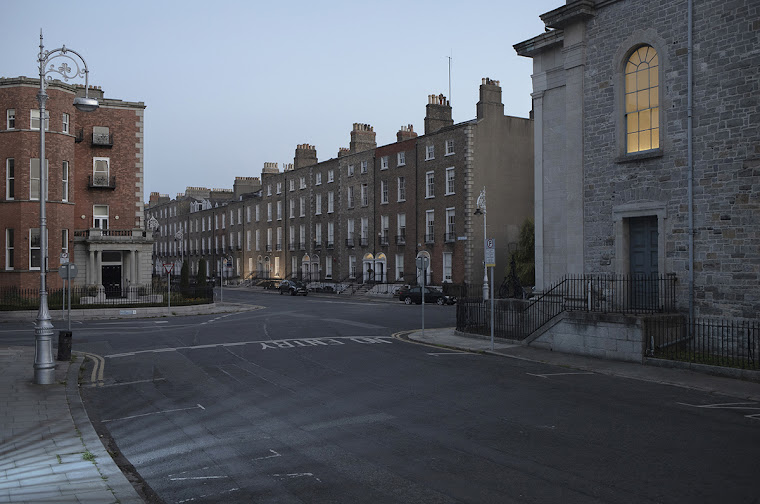(“)…looking, recording, with limitations, again at the world. (“)


This is an ongoing project which has personal and emotive motivations. The word, or concept, ‘Home’ suggests a direction, a place, an origin and a longing to return. In essence this is about the relationship between myself and my background - my sense of self, my memories of home and my search to find my place within it at this point of my life. In the images, there is also a direct relationship between my role as a photographer and my rural background - a delicate and uncomfortable balancing-act between belonging and disassociation. I find myself longing to connect, or reconnect, to the place or with the landscape. Yet, the overriding impression or feeling is one of ‘distance’.

“… living roots awaken in my head.
But I've no spade to follow men like them.
Between my finger and my thumb
The squat pen rests.
I'll dig with it.”
Seamus Heaney ‘Digging’

The camera is an ever-attendant associate to my own experiences. It has come to occupy the role of mediator between, for instance, the landscape and my psychological identification with it, between, for instance, my past and my psychological relationship with it. I find myself in a constant search for personal meaning – an identity and a place, and ways to communicate that meaning; even if I am unsure of why I want to do this through the photographic ritual. (What type of photographer am I? ) I am no doubt a mutable creature behind (or in front of) the lens. I adapt my approach to suit the topic or subject matter. I acclimatize to different environments and engage in a constant revision and analysis of my own work. I like to fully conceptualize any project I take on - even if this process takes years to complete. I am interested in exploring the nature of photography in its many different manifestations and find something which challenges me to face the complexities and density of the photographic practice. I like to create work that will maybe challenge the viewer to reconsider the act of photography itself - to see through (my own) aesthetic limitations and maybe feel an identification with the world I know through the images I produce. I strive for a kind of ‘inter-subjectivity’ that transcends words and other ways of knowing.
To see more of the 'Home' Project: http://www.martincreggphotography.com













